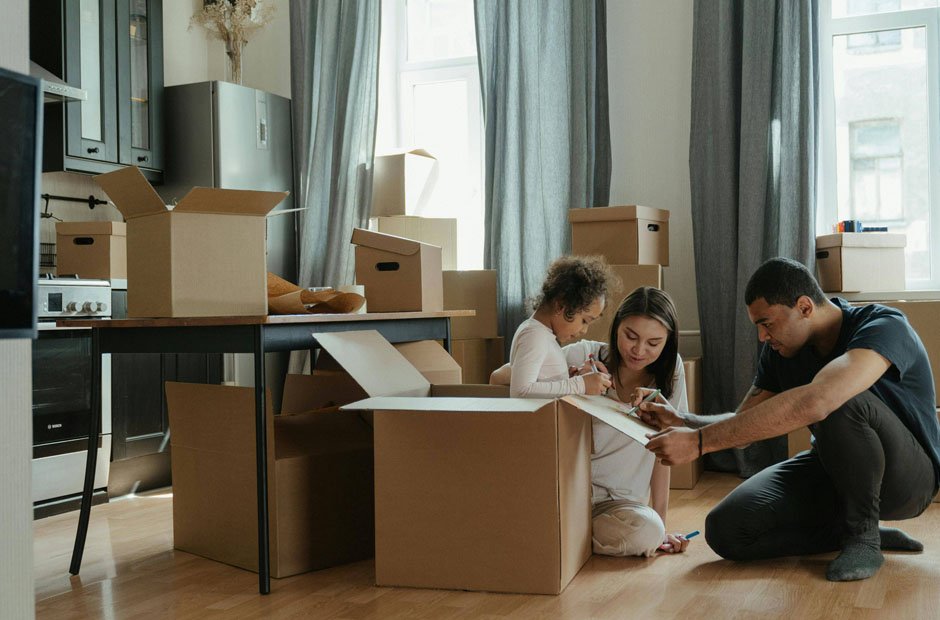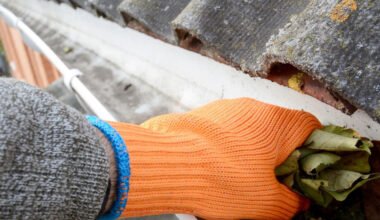Moving into a rental property can feel emotionally challenging in ways that most people don’t expect. There’s something deeply unsettling about living in a space that belongs to someone else, surrounded by walls painted in colors you didn’t choose and fixtures you wouldn’t have selected. The psychological impact of feeling temporarily housed rather than truly settled affects everything from sleep quality to productivity levels.
But here’s what’s interesting: the concept of “home” isn’t actually tied to ownership. Research in environmental psychology shows that people can develop strong emotional connections to spaces they don’t own, and these feelings of belonging can happen surprisingly quickly when the right conditions are met.
Why Rentals Feel Different (And That’s Normal)
The brain processes rental spaces differently than owned homes because of something called “territorial attachment.” When humans don’t have control over their physical environment, stress hormones can remain slightly elevated, making relaxation harder to achieve. This explains why some people report feeling restless or unsettled during their first few weeks in a new rental, even when the space is objectively beautiful.
The temporary nature of rental arrangements also triggers what psychologists call “provisional living syndrome.” People unconsciously hold back from fully investing in their surroundings because they know the situation isn’t permanent. This mental reservation can prevent the deep sense of comfort that comes with truly feeling at home.
Small Changes That Make Big Psychological Differences
The fastest way to shift your relationship with a rental space involves engaging multiple senses, not just visual improvements. Scent plays a huge role in how the brain categorizes spaces as familiar or foreign. Bringing consistent scents from your previous home—whether through candles, essential oils, or even the same laundry detergent—helps your nervous system recognize the new space as safe and familiar.
Sound environments matter just as much. Many people overlook how different acoustics can make a rental feel strange. Adding soft textures through rugs, curtains, or even temporary wall hangings can change how sound moves through a space, making it feel more intimate and controlled.
For those relocating to entirely different cities or countries, finding the right rental apartment in Singapore or any major metropolitan area often involves balancing practical needs with emotional comfort. The key is understanding that feeling unsettled initially doesn’t mean you’ve made the wrong choice—it means your brain is still adapting to new territorial boundaries.
The Power of Personal Rituals in Rental Spaces
Creating new routines specifically tied to your rental can accelerate the psychological transition from “temporary housing” to “home.” These don’t need to be elaborate ceremonies. Something as simple as making coffee in the same spot every morning or reading in a specific chair can help your brain start categorizing the space as yours.
The most effective home-making rituals involve some form of creative engagement with the space. Rearranging furniture (even if it’s limited), choosing specific spots for personal items, or establishing a designated workspace all signal to your subconscious that you have agency in this environment.
Many people find that cooking familiar meals in their new kitchen creates one of the strongest emotional connections to a rental property. There’s something about the combination of familiar smells, the rhythm of preparation, and the satisfaction of nourishing yourself in a new space that accelerates the feeling of belonging.
Working With Rental Limitations Creatively
The restrictions that come with rental properties—no painting, no permanent changes, limited furniture arrangements—can actually become psychological advantages when approached correctly. These constraints force creativity, and the problem-solving involved in personalizing a limited space often creates stronger emotional investment than having unlimited decorating freedom.
Removable wallpaper, strategic lighting, and textile layering can transform rental spaces without violating lease agreements. But the real magic happens when renters start viewing these limitations as design challenges rather than frustrations. This mindset shift changes the entire relationship with the space from victim to collaborator.
Plants deserve special mention here because they address multiple psychological needs simultaneously. They bring life into spaces that might feel sterile, they require care (creating ongoing engagement with the environment), and they improve air quality while adding natural elements that human brains find inherently comforting.
The Timeline of Feeling Settled
Most environmental psychologists agree that it takes between three to six months for people to develop genuine comfort in new living spaces, regardless of whether they own or rent. During the first month, everything feels foreign and temporary. By the second month, basic routines start feeling natural, but the space still doesn’t feel completely yours.
The third month typically brings the first real sense of belonging, especially if you’ve been intentional about creating personal touches and establishing routines. This timeline can be accelerated through conscious effort, but it’s important to know that feeling unsettled initially is completely normal and temporary.
Building Community From Your Base
One often overlooked aspect of feeling at home in a rental involves connecting with your immediate neighborhood and building community from your new base. When people feel isolated in their living situation, even the most beautifully decorated apartment can feel emotionally hollow.
This doesn’t mean you need to become best friends with every neighbor, but having some level of familiarity with your surroundings—knowing the local coffee shop staff, recognizing faces on morning walks, finding preferred grocery stores—helps extend that sense of home beyond your four walls.
The psychology of home ultimately comes down to feeling safe, comfortable, and authentically yourself in your living space. Rental properties can absolutely provide this foundation when approached with intention and creativity. The key is understanding that home is something you create through daily choices and emotional investment, not something that automatically comes with a mortgage deed.
Remember that every space you inhabit temporarily still shapes you and deserves your attention and care. By approaching rental living as an opportunity to practice adaptability and creativity rather than a compromise you have to endure, you can create genuine comfort and belonging anywhere you choose to live.



